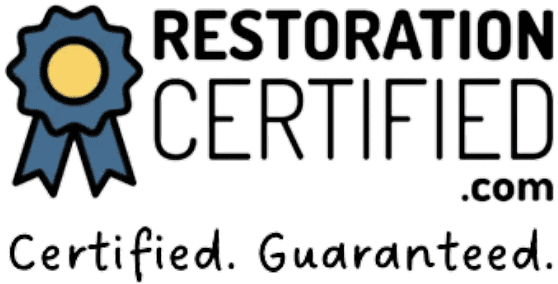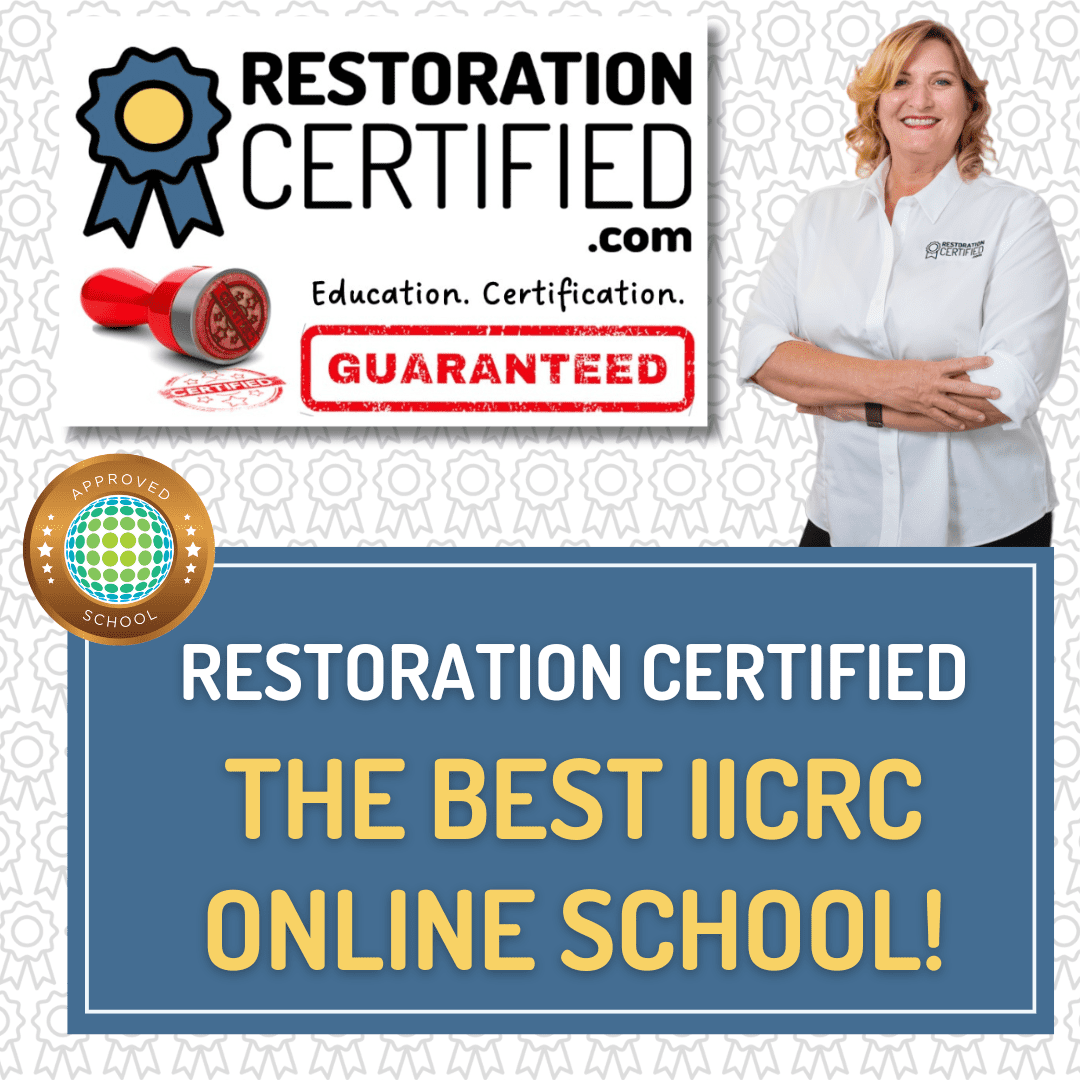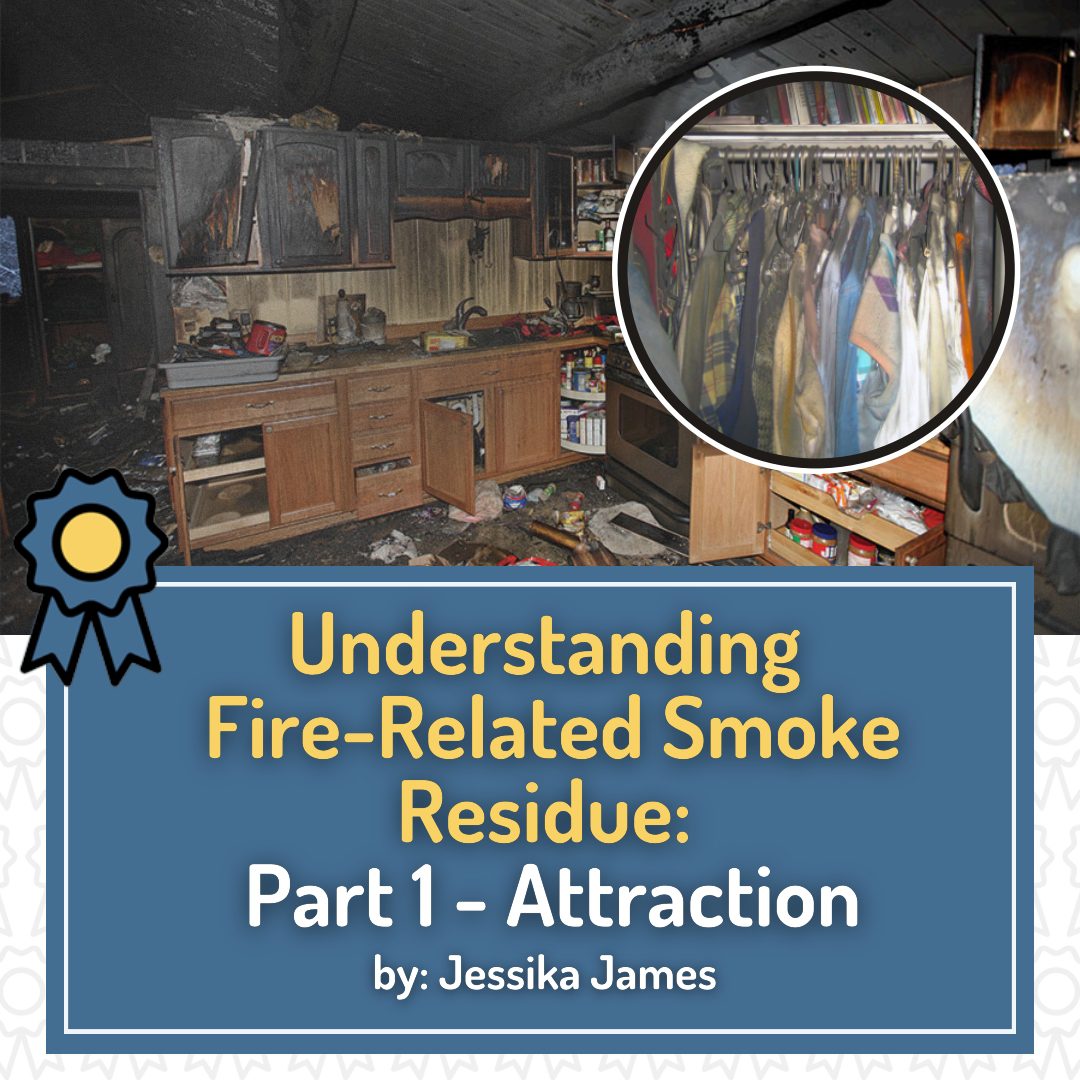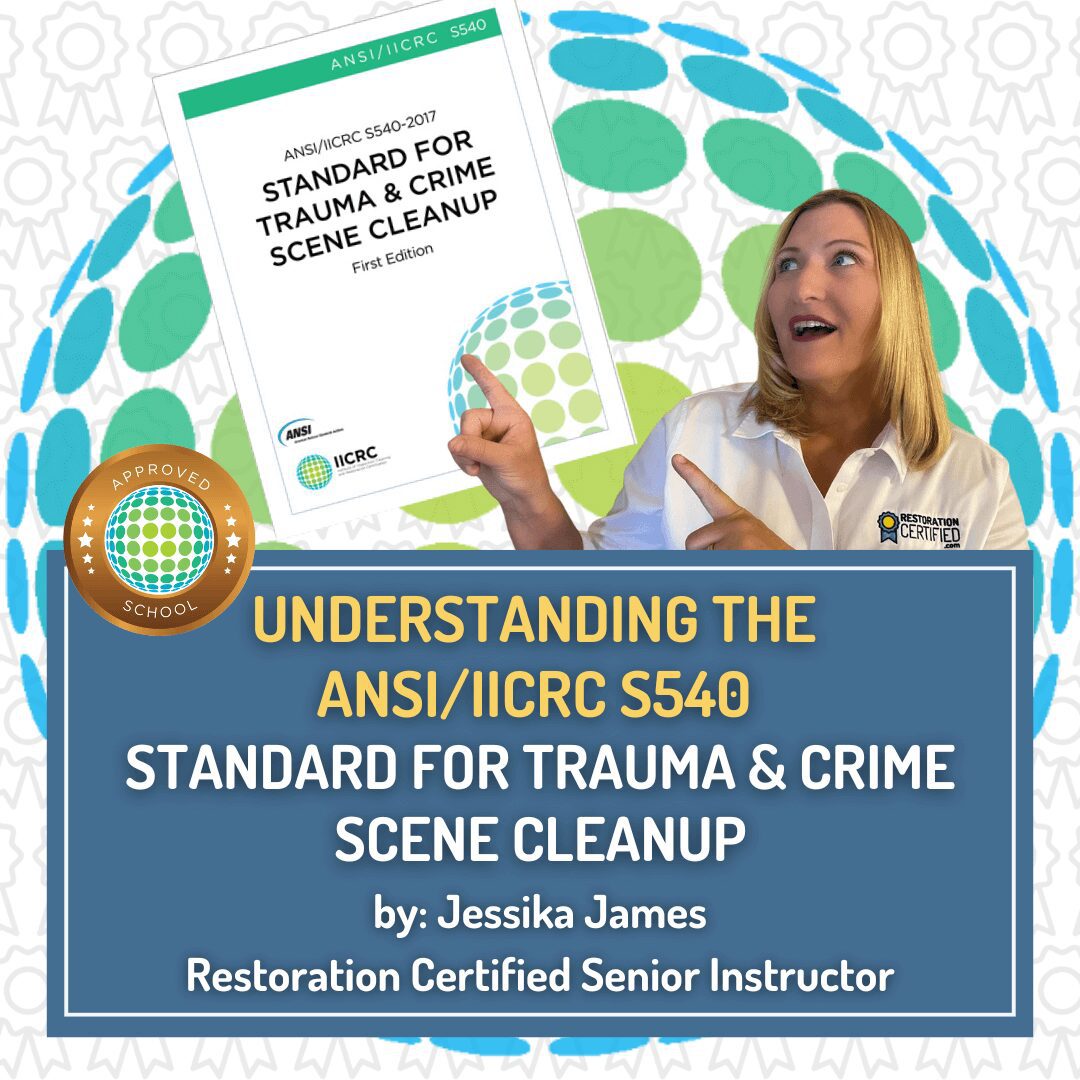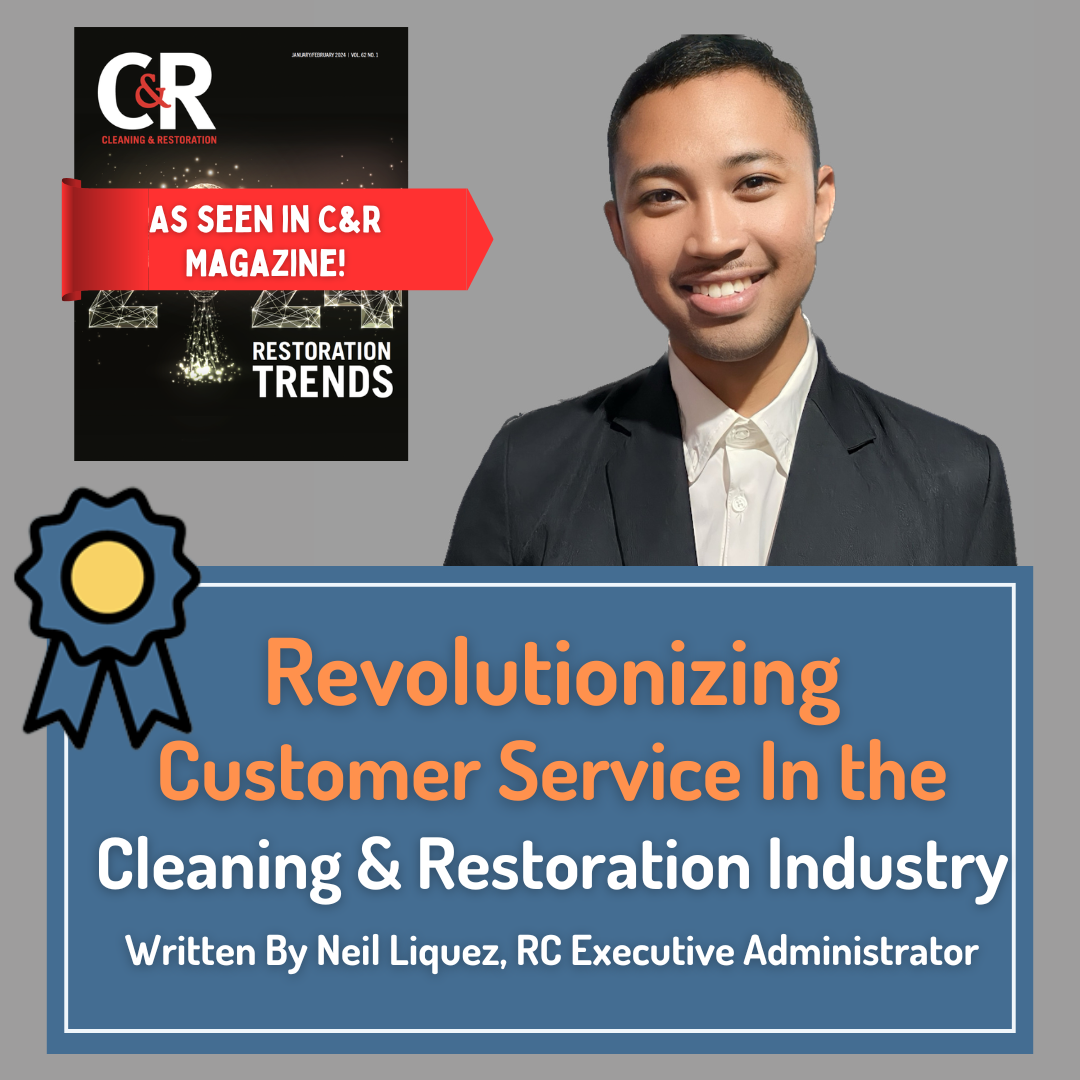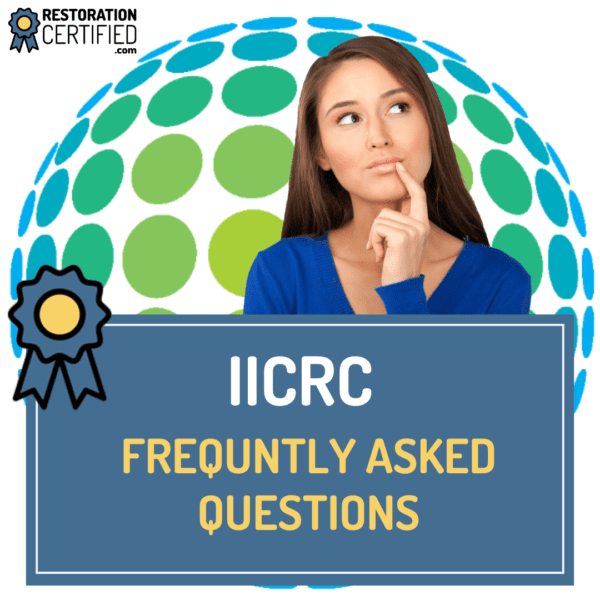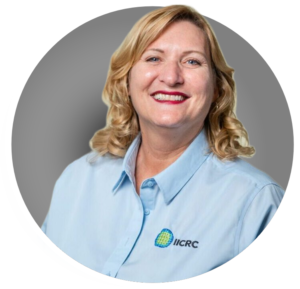The Principles of Trauma and Crime Scene Cleanup
Author: Jessika James
Understanding the ANSI/IICRC S540 8
Principles of Trauma Scene Cleanup
Developed by the Institute of Inspection, Cleaning, and Restoration Certification (IICRC), the ANSI/IICRC S540 Standard for Trauma and Crime Scene Cleanup provides comprehensive guidelines, recommendations and best practices for cleaning and restoring environments contaminated with potentially infectious materials such as blood, body fluids, and other potentially infectious materials (OPIM) resulting from trauma, accident, death, or crime scenes. The ANSI/IICRC S540's 8 Principles of Trauma and Crime Scene Cleaning involve strict adherence to health, safety, and ethical standards to ensure that affected environments are properly remediated and restored. The ANSI/IICRC S540 principles serve as the foundation for reasoning, decision-making, and actions that guide work practices by providing consistent, industry-recognized recommendations.
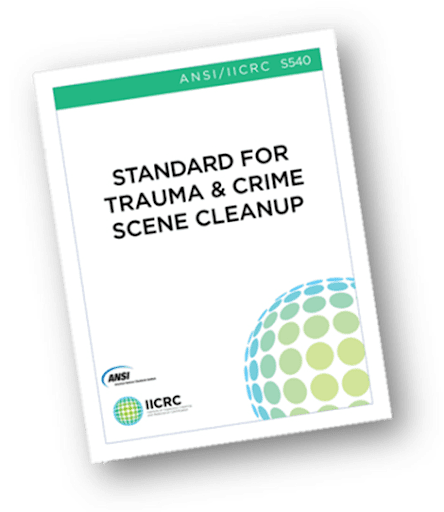
According to the ANSI/IICRC S540, the eight principles of trauma and crime scene cleanup are as follows:
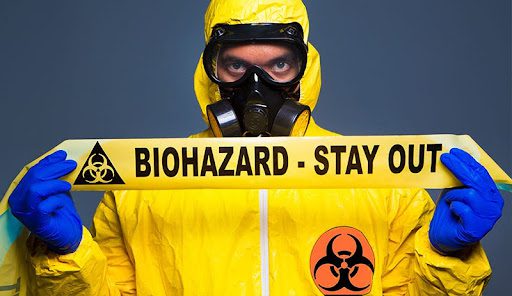
1. Safety & Health of Technicians, Workers, & Occupants
The first principle emphasizes the importance of protecting technicians and the public from exposure to bloodborne pathogens and other biohazards. Technicians must identify, communicate, and eliminate or control recognized or suspected health and safety risks and hazards.
Proper use of personal protective equipment (PPE) such as gloves, respirators, and moisture-resistant coveralls is essential to prevent exposure to contamination. Additionally, adherence to local occupational safety and health regulations is critical - always check local regulations or guidelines before performing trauma and crime scene cleanup. In the United States, this includes compliance with the Center for Disease Control and Prevention (CDC) recommendations and OSHA’s Bloodborne Pathogens Standard. Click here and use coupon code BBPFREE to register today for one of Restoration Certified’s FREE OSHA Bloodborne Pathogens Training certification courses!
2. Documentation
Technicians must maintain thorough written records of hazard and risk assessments, the cleaning and restoration process, project reports, and biohazardous waste disposal records. Digital documentation, such as photos and videos, should accompany written records to verify that proper cleaning, antimicrobial application, and restoration practices were followed. Documentation is crucial for insurance claims, regulatory compliance, and ensuring transparency in the cleanup process.
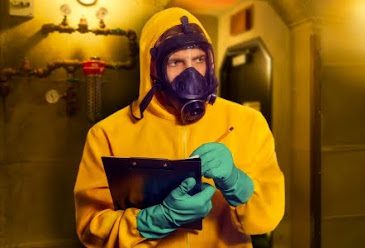
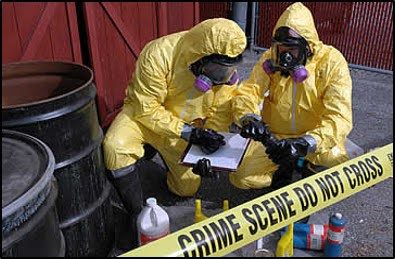
3. Evaluation and Assessment
Inspect and assess all affected areas to identify potential physical and environmental risks. A hazard assessment and risk analysis provide the framework for addressing health and safety concerns at the site. This evaluation along with an initial inspection will help determine the extent of contamination and guides technicians in creating a scope of work, including identifying specialized PPE, engineering controls, structural material removal, specific cleaning agents, antimicrobial applications, and equipment needed.
4. Documentation During Remediation
Throughout the project, ongoing documentation is required. This may include equipment logs, change orders, disposal documentation, and written communications with clients or other materially interested parties.

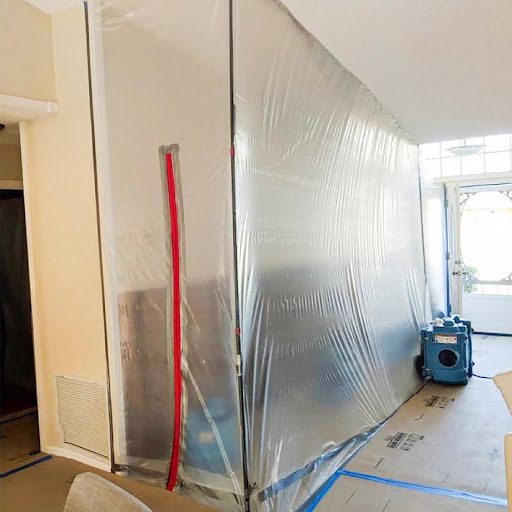
5. Contamination Control
Engineering controls must be implemented to prevent cross-contamination into unaffected areas. Contaminated areas should be contained and isolated to prevent airborne biohazards or soils from spreading to unaffected areas. This often involves sealing the affected area with containment or isolation barriers and utilizing proper ventilation, air filtration, and airflow control measures.
6. Contamination Removal
According to the ANSI/IICRC S540, "The physical removal and proper disposal of blood, body fluids, and other potentially infectious materials (OPIM) is the primary means of remediation." This principle addresses restoring affected areas to their pre-loss condition, including the removal of contamination, contaminated materials and contents, and making necessary structural repairs. All biohazardous waste must be removed using industry-approved methods, equipment, cleaning agents, and antimicrobial products.
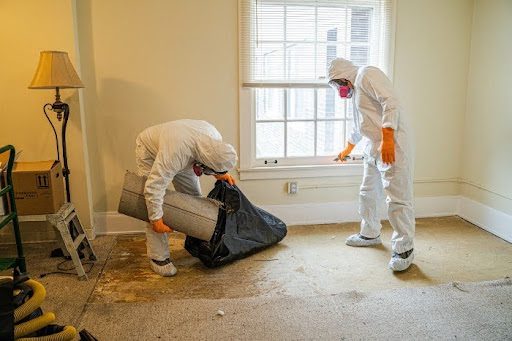
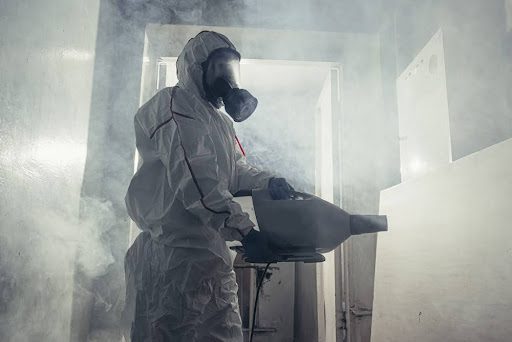
7. Application of Disinfectant
An antimicrobial product is a substance or agent that kills or inhibits the growth of microorganisms such as bacteria, viruses, fungi, and parasites. Antimicrobials are critical for controlling the spread of bloodborne diseases. Once the cleaning process is complete, the affected environment and personal contents must be properly sanitized and disinfected using a government-registered antimicrobial.
8. Post-Remediation Evaluation and Verification
Following remediation, a post-remediation evaluation (PRE) should be conducted to confirm cleanliness. If required by law or contract, a post-remediation verification (PRV) should be performed by an Indoor Environmental Professional (IEP).
- PRE: A post-remediation evaluation is an assessment performed by a cleaning technician to determine the efficacy of the cleaning and antimicrobial application processes.
- IEP (Indoor Environmental Professional): An individual with the education, training, and field experience in the restoration industry and is qualified to perform a third-party assessment of a restoration or remediation project.
- PRV: A trauma scene post-remediation verification is an assessment performed by an IEP to verify that the restoration contractor has properly cleaned and eradicated all physical and microbial contamination from the site.
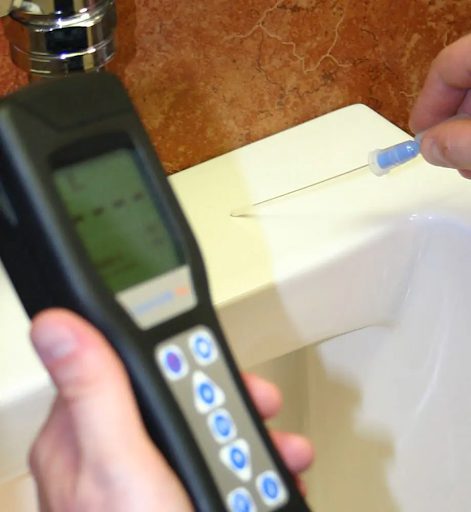
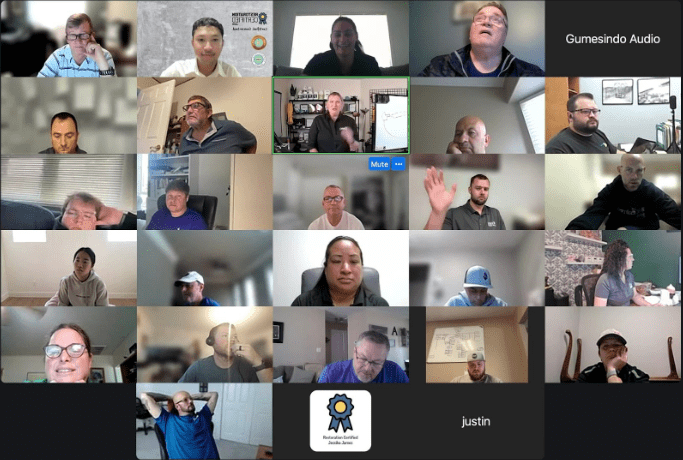
Professional contractors utilize these eight principles as guidelines to develop work practices that ensure trauma and crime scenes are cleaned, decontaminated, and restored to pre-loss conditions in a safe, ethical, and compliant manner, adhering to industry best practices and governmental standards. Worker training and proper certification ensure technicians are proficient in the principles, best practices, and safety standards associated with this unique (and profitable!) area of the restoration industry.
For more information and an in-depth education, click here to register today for one of Restoration Certified’s IICRC TCST Trauma and Crime Scene Cleaning Technician courses taught by industry expert and “IICRC’s Favorite Instructor” Jessika James.

